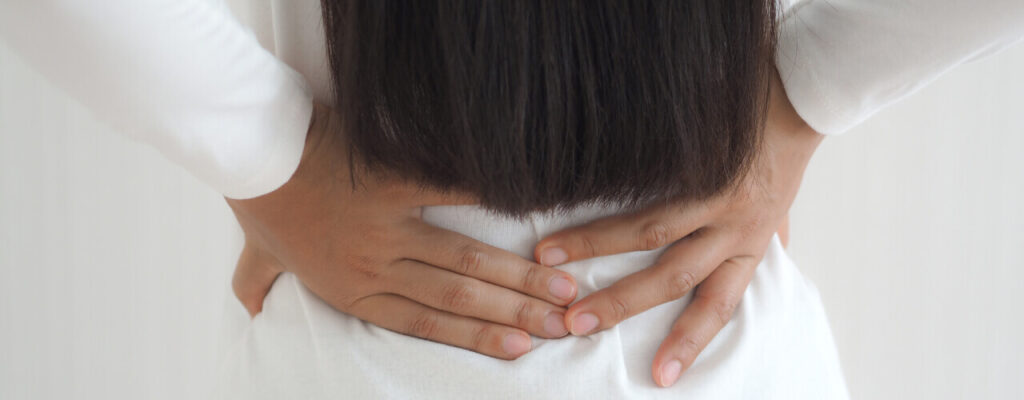Do You Know What’s Causing Your Back Pain? It Could be a Herniated Disc

Discover How Physical Therapy Can Help You Relieve Herniated Disc Pain
Back pain is one of the most common complaints among Americans. Whether you experience occasional pain in your back or deal with recurrent chronic back pain, it can make it extremely difficult to complete your daily tasks. But have you ever wondered if your back pain was a sign of a more serious condition? The spine is made up of a complex series of bones called vertebrae. There are cushioning pads between each of the vertebrae that act as shock absorbers, making bending, walking, and moving around, in general, every day possible without pain. But if these little cushioning discs are injured, the soft center can actually rupture and cause severe pain. This type of injury is often referred to as a herniated disc or slipped disc, and while there is no cure for the condition, physical therapy can help manage chronic pain.
What does PT for herniated discs look like?
When experiencing back pain, it can be tempting to simply visit your general physician in search of a quick solution.
However, in many cases, all that a general physician can offer in the way of pain relief is a prescription for painkillers. Alternatively, an experienced physical therapist can offer a variety of treatment options that are designed to target the root cause of your reoccurring back pain.
Some of the most common treatment options recommended by our physical therapist for herniated disc pain include:
- Ultrasound therapy or electrical muscle stimulation for fast pain relief and deep penetration of the targeted area
- Alternating treatment with ice and heat to reduce inflammation and soothe sore muscles.
- Therapeutic massage to help ease sore muscles
- Aerobic exercises like walking or using a stationary bicycle
- Stretching exercises that help to keep the muscles in the back flexible
Why did I develop a herniated disc?
The spinal column is formed by a group of bones. The cervical spine consists of seven bones, the lumbar spine has five, and the thoracic spine has twelve. Each disc has a gelatinous inner section and a strong outer ring. If the disc protrudes through the outer ring, it is known as a herniated disc. This can lead to numbness, discomfort and pain.
The vertebrae and cushioning discs in the spinal column can become injured in a variety of different ways.
However, when dealing with a herniated disc, injuries are most often the result of:
- Improper lifting resulting in sudden strain
- Work-related or overuse injuries where the spine has been twisted violently
- Excessive weight gain and obesity
- The natural aging process or degeneration
The herniated disc can be caused by a variety of causes, including movements such as turning or twisting. Another offender is moving heavy objects. Weight can also cause herniated discs, as it causes the need for discs to bear more weight. According to Healthline, men are also at a higher risk of developing a herniated disc than women.
How can I tell if I have a herniated disc?
Herniated discs are one of the most common back pain complaints. They typically occur in people aged 35 to 55 years but can affect physical therapy patients of all ages.
Herniated disc pain presents itself in a variety of ways depending on a person’s age, body type, and physical condition.
In certain cases, a herniated disc may show no outward symptoms at all. But for those dealing with recurring pain from a herniated disc, the following symptoms are also common:
- Neck spasms affecting the muscles in the neck and shoulder area.
- Neck pain that stays centered in the back and side areas of the neck. This type of pain can increase in severity when bending or turning the neck.
- Pain radiating out from the shoulder, arm, and sometimes traveling down to the hands and fingers.
- Pain in the shoulder blade area.
Schedule your appointment today!
If you have had recurrent back pain or pain near your neck or shoulder, it may be a sign of a herniated disc.
By using targeted treatments and physical therapy exercises, our physical therapist can help you manage your herniated disc pain and prevent the use of prescription drugs or more invasive treatment options for pain.
Please contact us today for more information and to schedule an initial consultation!
